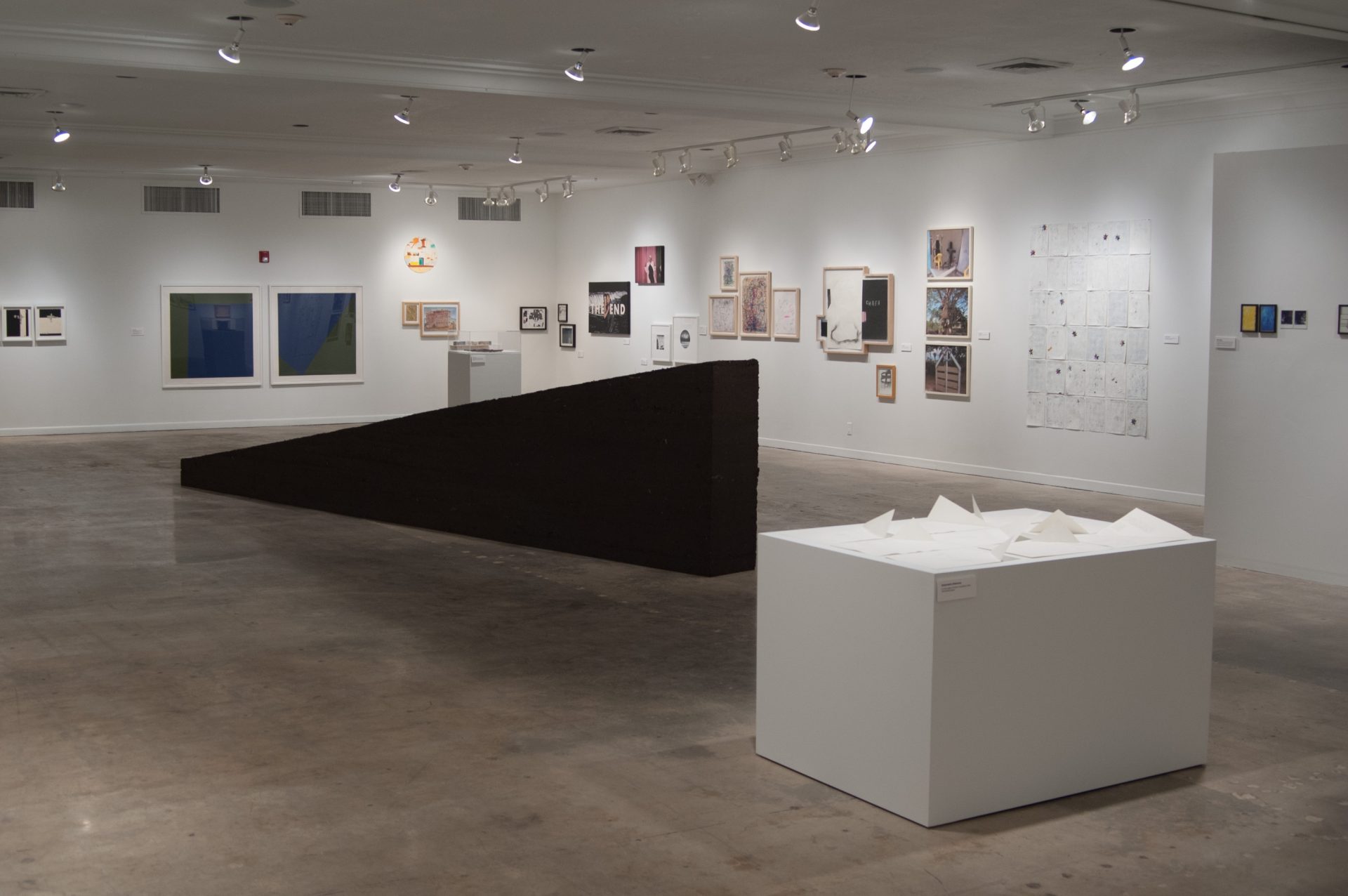When Frieze Art Fair pitched its first tent in Regent’s Park in London in 2003, the organizers set out to showcase the best of the contemporary art world. To celebrate its tenth anniversary this year, the cutting-edge contemporary fair now confronts its past by exhibiting ancient works for the first time through the inaugural Frieze Masters fair.
Fairgoers are eager to see the second new venture of the year boosting a revamped Frieze London; Frieze Masters will feature 96 galleries from around the world offering works from the last 4,000 years, adding to the 175 contemporary galleries in the main tent.

Frieze Masters: Modernizing the Old

Victoria Siddall curated a postmodern mix for Frieze Masters, eschewing the typical chronological museum display with artwork exhibited in a fresh mix of juxtaposed genres. Using contemporary art as the starting point for this expansion is a unique way to revive ancient work, making ‘old’ trendy once again.
Strolling through the airy tent designed by leading architect Annabelle Selldorf, visitors can witness Picasso’s affinity for tribal African Art, or consider Poussin works next to those of Cy Twombly. Leading contemporary artists also will provide a historical framework for their current work through a series of talks surrounding the Frieze Masters event.
Frieze London: Grounding the New
The new face of Frieze is hardly limited to the inclusion of ancient artwork. For the first time, Frieze London will host Frieze Focus, introduced at Frieze New York this past May, which is open to galleries established after 2001 to exhibit up to three artists.
Accompanied by Frieze Frame, a section for 22 galleries under six years old to host solo shows in subsidized stands, Frieze
Chatterjee & Lal, also participating in Frieze Focus, commented to MutualArt about a similar atmosphere for young galleries in Mumbai: “The challenges in showing contemporary art in an emerging scene are that audiences are still relatively small and that the interest that does exist is mainly confined to a fairly small and privileged section of society.”
Attracting thousands of visitors from around the world, Frieze London places fresh galleries such as these in the spotlight this year. Changing the art fair model by leveling the playing field between the youngest players and ancient icons could be just the formula London’s Frieze Week needs.
Check back with MutualArt to see how the 10th edition of Frieze unfolds. Frieze London and Frieze Masters run from 11 to 14 October.
MutualArt’s Christine Bednarz



